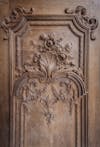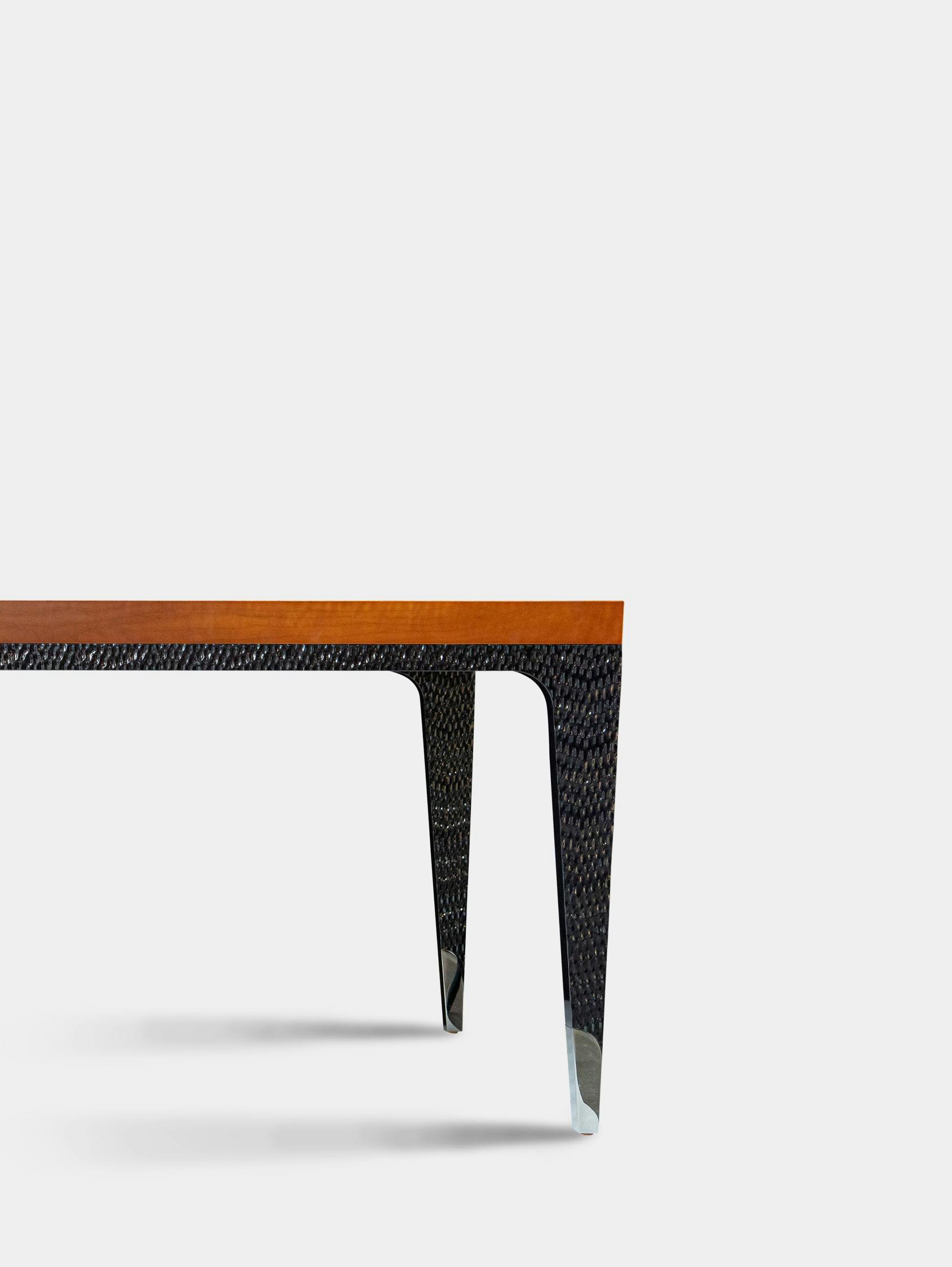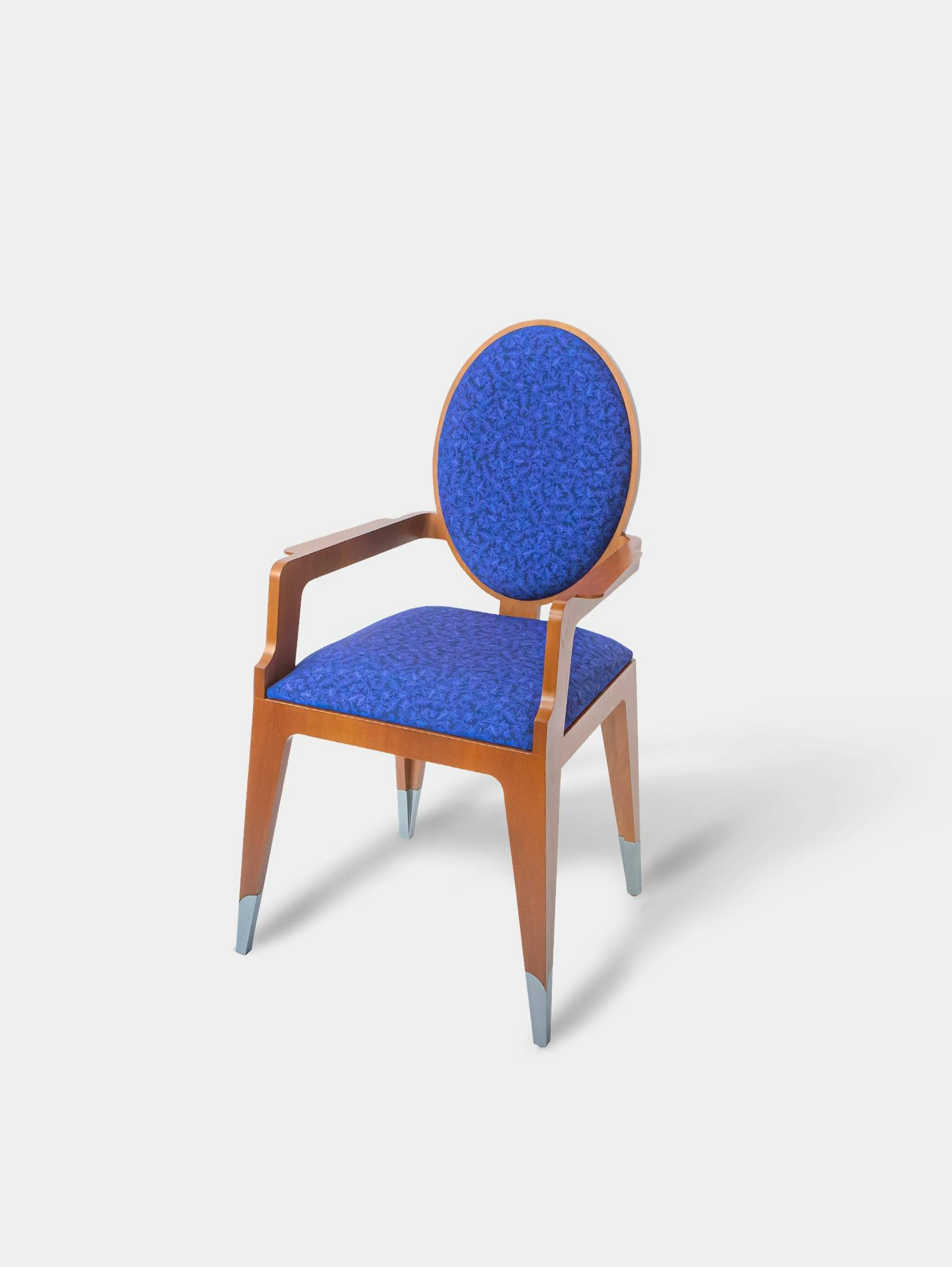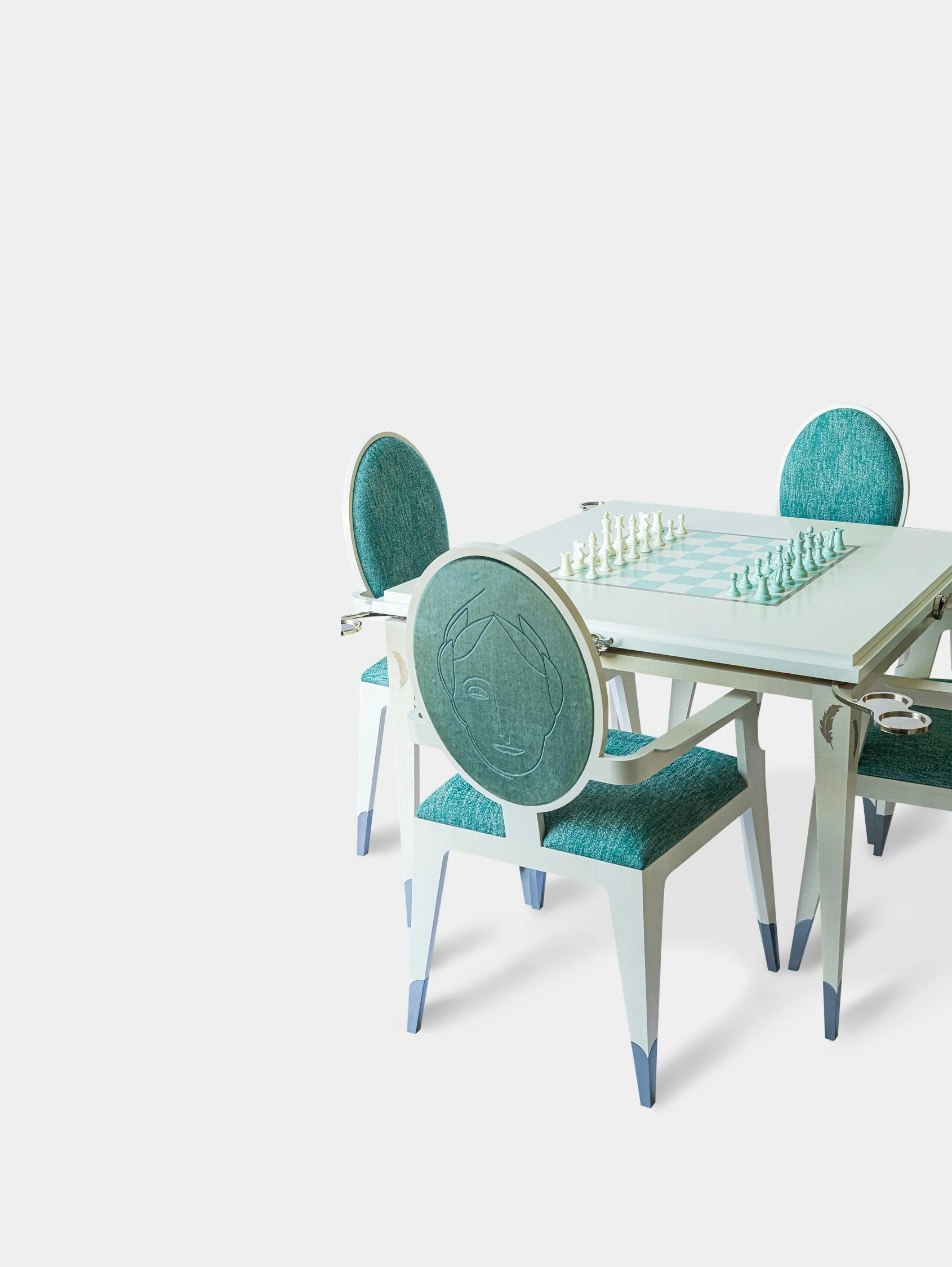But let us first remember what the Louis XV style is : a moment in French history that followed the ennui of the old court of Louis XIV and Madame de Maintenon, sullied by bigotry and a far cry from the era of pleasure that marked the great king’s younger years. Upon his death, after a 72-year reign, the stifled aristocratic youth intended to pursue amusement, which could only strengthen the regency of Philippe d’Orleans, which was just beginning. The regent, being such abon vivantthat he might be characterized as a “partier” today, sought to be a protector of arts and culture. Libertinism overtook Paris and was swiftly reflected in interior décor: the rocaille style, Rococo’s French counterpart, made its present felt during the regency, initially with flamboyance and then in milder expressions during the personal reign of Louis XV.
Palmettes, batwings, and shells became ubiquitous features of the ornamental repertoire. Boiserie was installed in more personal, private spaces, expressing an enchanting, exotic ornamental language exuding grace and lightness. So what if the old king’s reign favored ornamentation with warlike themes ? The new century was about having fun ! Musical instruments were juxtaposed with baskets of fruit, arabesques, and animals in decorative boiserie, while expanding trade in Europe brought back many outside influences that would soon come to be carved in chinoiserie, turquerie, and other lighter forms of exoticism.
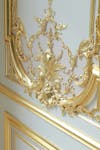
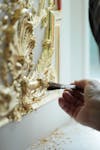
.jpg?ixlib=gatsbyFP&auto=compress%2Cformat&fit=max&w=100&h=85)
.jpg?ixlib=gatsbyFP&auto=compress%2Cformat&fit=max&w=100&h=150)
